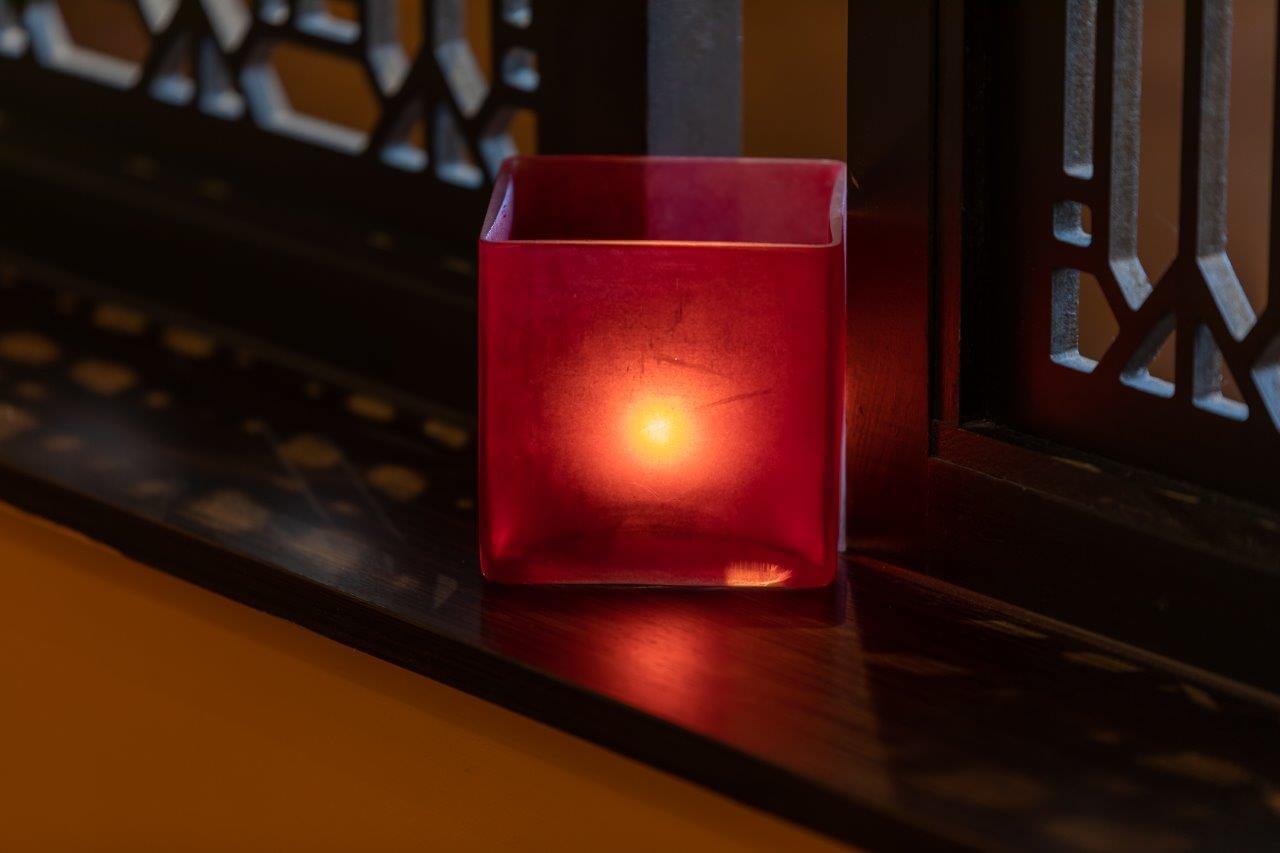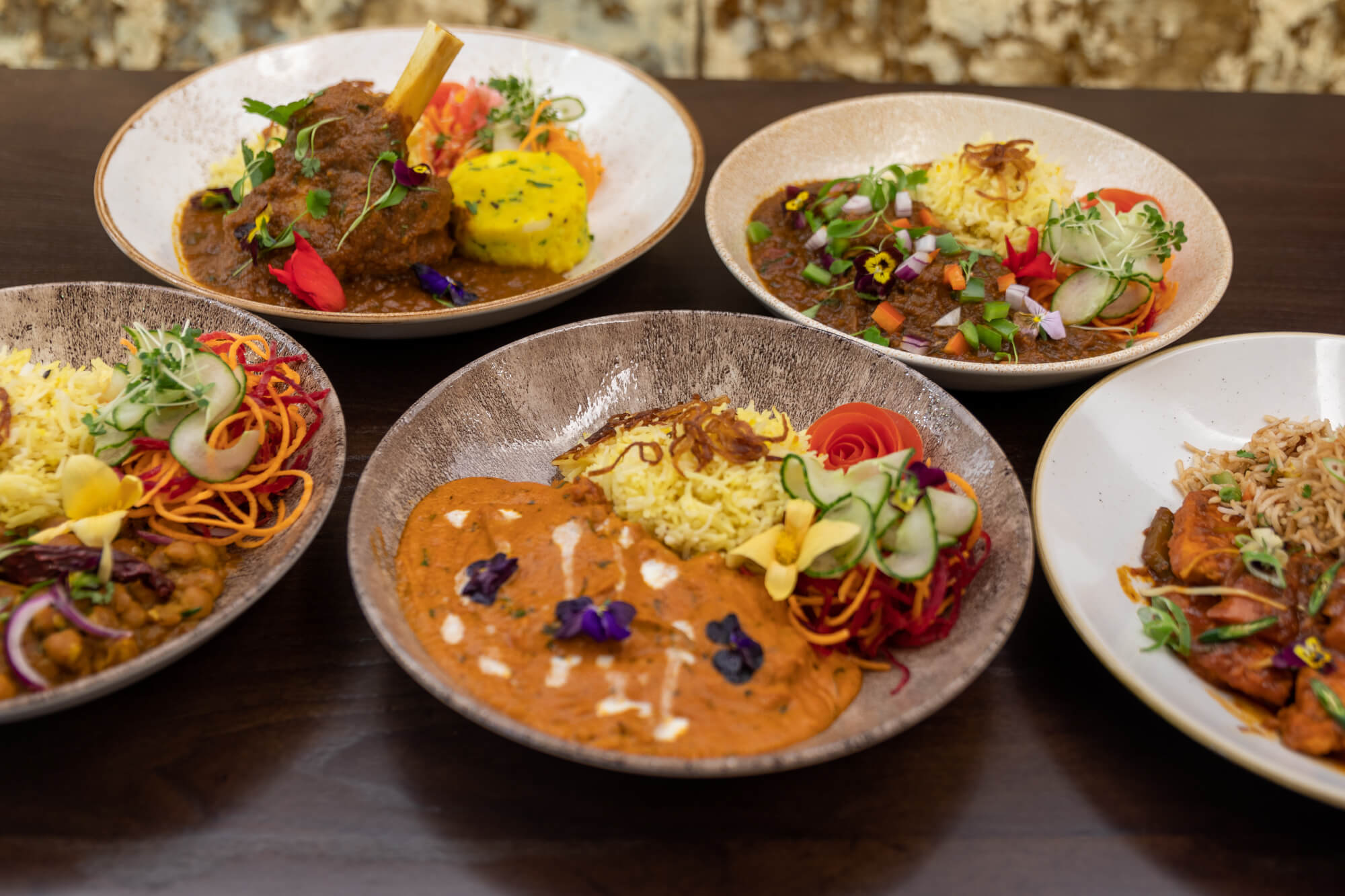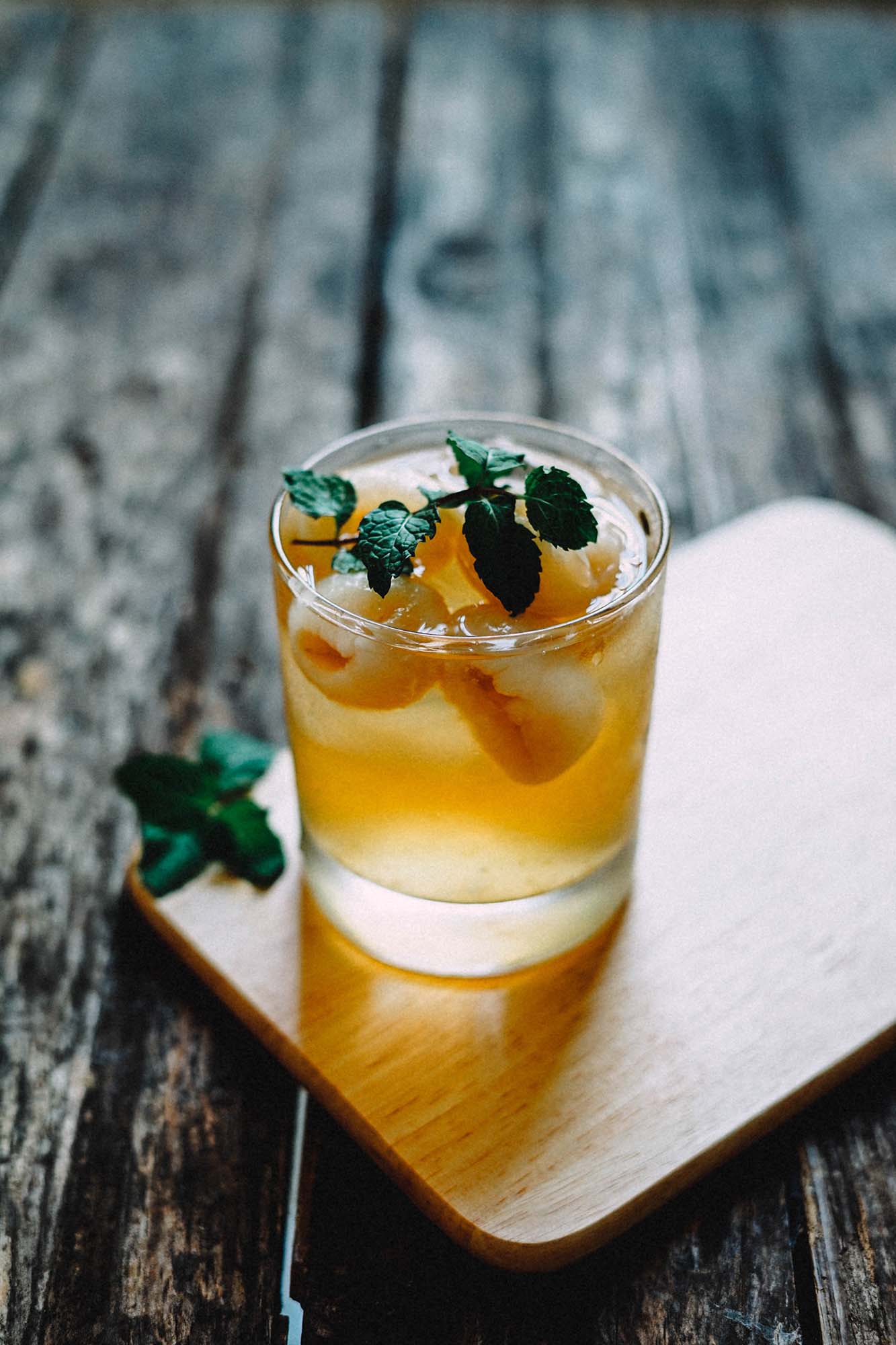At Spice Quarter. You know that your food has been freshly prepared to authentic age old Indian recipes by our award-winning chefs
There will generally be lentils, regional vegetables, pickles, chutneys, rice and bread, possibly a meat or a fish dish, served with every meal. Desserts are usually milk based. Food is eaten with fingers, using pieces of bread to mop up the vegetables and curries. Indian people feel that dining together is a celebration of life itself and we hope that every meal you enjoy with us feels like an occasion to celebrate.
We do not use monosodium glutamate (msg) or artificial colouring to inspire our dishes, we feel natural ingredients together with the magic of our top chefs will be more than sufficient to produce our unique style. We have used chilli symbols beside our dishes. These are an indication of spiciness of the dishes, ranging from mild to extremely hot, to assist you when making your selection;
🌶️🌶️🌶️= Spicy 🌶️🌶️= Medium spicy 🌶️=mild
We use rapeseed oil, Tilda basmati rice and most of our spices and ingredients from Natco brand in the preparation of our dishes. Only Cashew nuts, Almonds, watermelon seeds and Pistachio nuts are used in the sauces.
Please note: If you are allergic to any food, Please let member of the staff know
10% service charge will add to a party of more than six
(GF) = GLUTEN FREE || (NF) = NUTS FREE || (DF) = DAIRY FREE || (VG) = VEGAN || (V) = VEGETARIAN
Regional Tastes of India
India’s cuisine has been influenced greatly by the multitude of invaders throughout the country’s history; the Mughals, British, Turks, Persians and Portuguese all Left their mark. By adding their own cooking styles and ingredients. Hey provided a rich diversity, resulting in a unique cuisine.
However, what holds this diverse cuisine together is the expert use of aromatic and flavourful spices. The art of Indian cooking is in blending these spices so that they are in perfect harmony in each dish.
Kashmiri Cuisine
Kashmiri dishes are very rich, reminiscent of their lavish history with rich Mughal rulers. Nuts, Fruits, saffron and meats are used in preparation of food. Most popular being Rogan josh, kormas (meats cooked in creamy sauces), Ristas (meatballs), and vegetables.
Maharashtrian Cuisine
Host to the biggest film industry in the world (Bollywood), Maharastra has the some of the spiciest food served in India. Kolhapur’s mirchi or chilli is legendary. The Konkan coast also boasts a wide variety of seafood – fresh prawns, pomfret, squids, crabs, dishes of which are prepared with right amount of masalas.
Punjabi Cuisine
Punjab is the Land of Five Rivers – a highly agricultural state of India. The cuisine of the state is greatly influenced by the Mughal cuisine. The world famous Tandoori style of cooking has its roots here. The heart of Punjabi cooking lies in the masalas (mix spices) and sauces that are prepared with fresh ginger, Garlic, onions and tomatoes. This thriving agricultural state boasts a cuisine that is rich in vegetarian and non-vegetarian choices.
Hyderabadi Cuisine
Is the culmination of the local ingredients like curry leaves, tamarind and mustard seeds tying the knot with the kebabs, pilafs and meat dishes brought in by the Muslim invaders. Examples being minced lamb kebabs, layered rice and meat biryanis.
Goan Cuisine
Goa is famous for its preparation. How good are the dishes? Well – the Goan poet Bakibab Borkar addressed the God of Death, Yama and said “Please sir, God of Death, Don’t make it my turn, not today. There is fish curry for dinner”.
Keralite Cuisine
The state of Kerala. Also called coconut country, Kerala is the heart of the Indian spice coast. Vegetarian choices abound and their preparation is very simple. Kerala is the natural home of black pepper, cardamom, coconut and tapioca and their presence is dominant in their cuisine, Meat is generally cooked with strong spices and dry preparation.
Mughal Cuisine
Although this does not qualify as a regional cuisine, it is a very popular style of Indian cooking that is so familiar in most of the western world. The Persians loved the rich life and the cuisine reflects this in the use of nuts, nutmeg, mace, poppy seeds, cream, yogurt, Clarified butter, dry fruits, cinnamon, cloves, rice and meats. The Muslims also brought in the oven baked breads like “Naans” so synonymous with Indian cuisine today. Persian rice dishes are what legends are made of, the perfect rice and meat layers of Shahjahani biryani and Pilau.
Celebration
Menu
Four course menu for £33.00 per person Minimum for two people sharing
POPPADOMS WITH HOMEMADE CHUTNEYS





